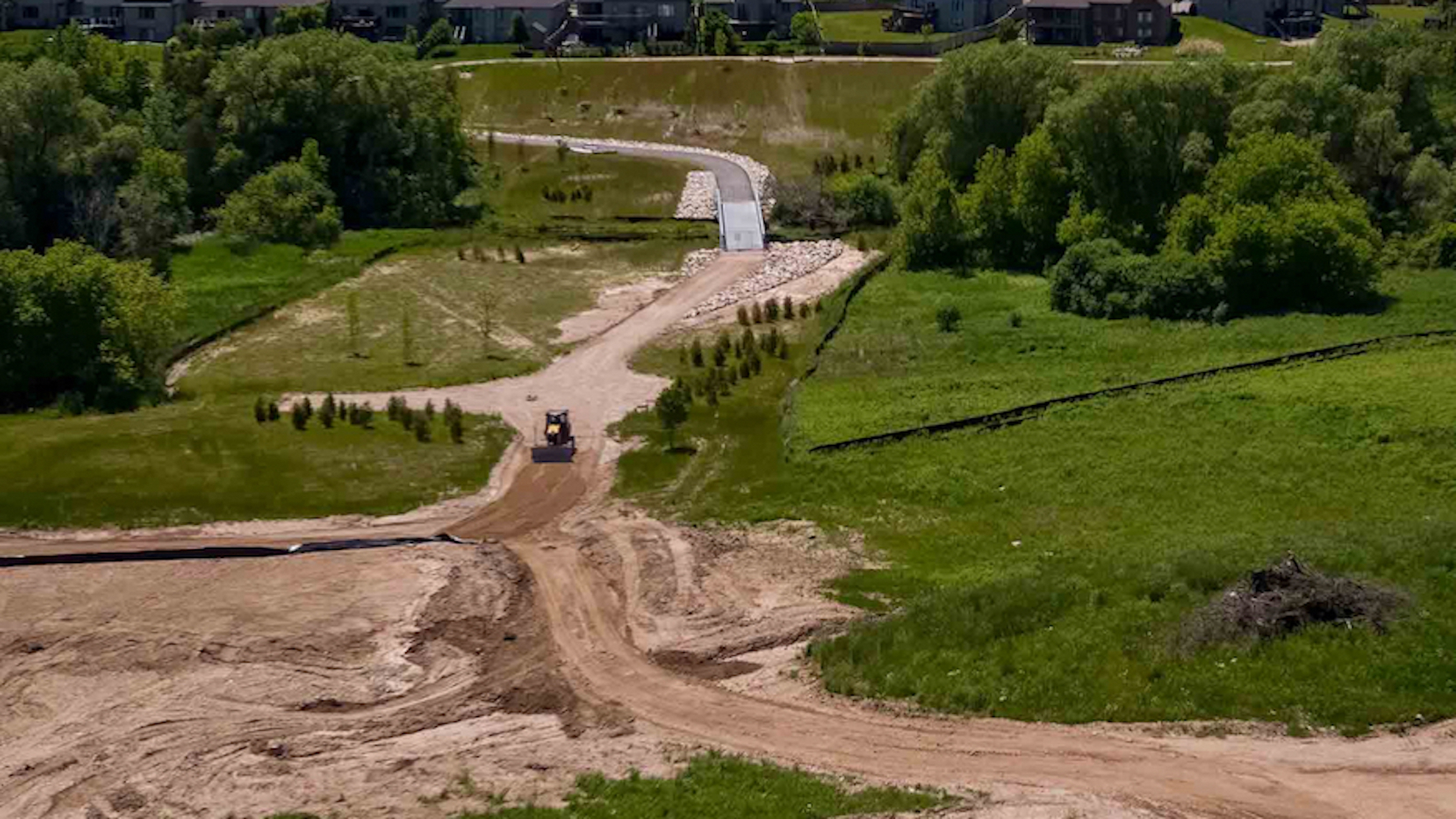

Metes stands for distance while bounds stands for direction.Ī permanent marker, such as a rod driven into the ground, is often used today to mark a specific point of the property as a reference point. It’s the oldest form of describing land and is typically used along the eastern seaboard. It is used to define the location, size, and shape of a specific plot of land. The following are 3 methods for legal descriptions: You’ve probably heard of at least one of these methods before and are somewhat familiar but this guide should serve as a good reminder and educator for each of the three. We’re going to begin talking briefly about the 3 methods for determining and/or interpreting legal descriptions. The legal description defines exactly what is insured
.png)
The description also can be used to draw a map referred to as a survey map or simply survey. On a large property, with a boundary that features many twists and turns, a metes-and-bounds description can be lengthy. The metes-and-bounds description is clearly stated in the deed. Monuments, which usually are turning points, can be man-made or natural. The term monument describes any point in the surveyed boundary that is noted on the survey. Sometimes marking only the place or point of beginning is sufficient rather than marking every turning point. Over time natural and ownership references are replaced by artificial markers placed permanently in the ground. But property owners change, rocks move, and streams dry up. Sometimes the boundary of someone else's property is used as a reference. Turning points in the description of the boundary lines often refer to natural features like a rock or a stream. The distances sometimes are measured down to inches. The directions often are broken down into degrees, minutes, and seconds, which all are precise points on a compass. In reality, metes and bounds descriptions usually are not so simple. Remember that when laying out a property like this, as you face the paper, north is up, south is down, east is to the right, and west is to the left. At that point the direction changes and the boundary line is then laid out again in a specific direction for a precise distance.Ī simple metes and bounds description might then read:įrom a place or point of beginning 100 feet North to a point then East 100 feet to a point then South 100 feet to a point then West 100 to the place or point of beginning.įor fun, try drawing this description with pencil and paper.

Starting at what is known as the place or point of beginning, the description follows a line or curve in a specific direction for a precise distance to another point. The metes and bounds system of legal description uses specific locations, distances, and compass directions to describe the boundaries of a piece of property.


 0 kommentar(er)
0 kommentar(er)
